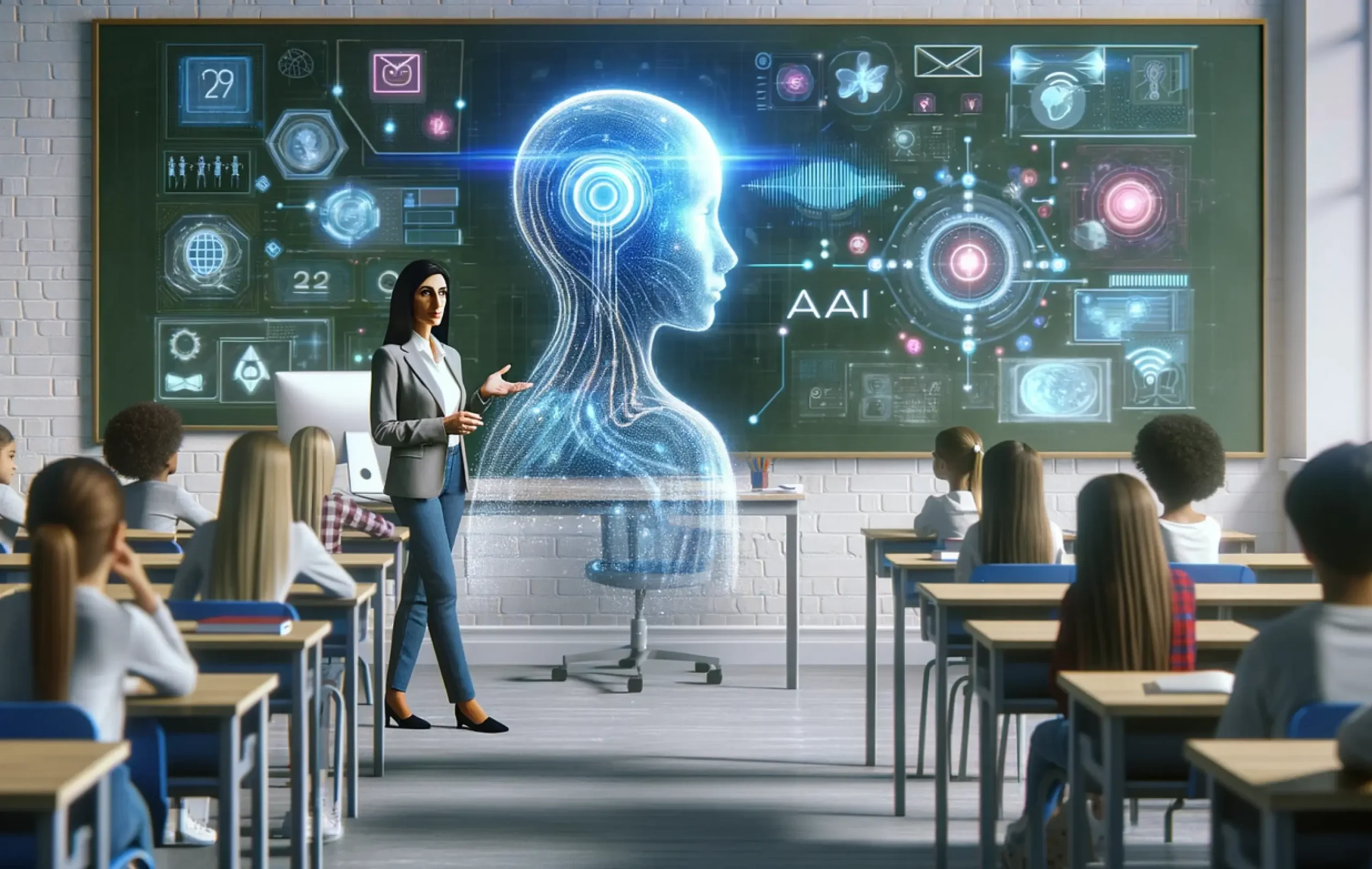Digital technologies Digital classroom Education Students Teaching
Digital technologies have significantly transformed education, giving rise to the concept of the digital classroom. This paradigm shift involves leveraging digital tools and resources to enhance teaching and learning experiences.
For students, digital classrooms offer several benefits. They provide access to a wealth of information beyond traditional textbooks, fostering self-directed learning and enabling personalized educational experiences. Additionally, digital technologies facilitate collaboration among students, regardless of their geographical locations, through online forums, group projects, and virtual classrooms. This promotes a sense of community and enhances communication skills.
Teaching in a digital classroom requires educators to adapt their instructional methods to effectively utilize these technologies. They can incorporate multimedia resources such as videos, interactive simulations, and online assessments to make lessons more engaging and interactive. Furthermore, digital platforms enable teachers to track student progress more efficiently and provide timely feedback, facilitating a more individualized approach to instruction.
However, it’s essential to recognize that the integration of digital technologies in education also comes with challenges, such as the digital divide, privacy concerns, and the need for ongoing professional development for educators. Despite these challenges, the digital classroom holds immense potential to revolutionize education and prepare students for success in an increasingly technology-driven world.
Need for digital technologies in education

The need for digital technologies in education stems from several factors:
Access to Information: Digital technologies provide access to vast amounts of information beyond traditional textbooks. This enables students to explore diverse perspectives, access up-to-date content, and engage with multimedia resources like videos, simulations, and interactive modules.
Personalized Learning: Digital tools can be tailored to individual student needs, allowing for personalized learning experiences. Adaptive learning platforms, for example, adjust content and pace based on students’ strengths and weaknesses, maximizing learning outcomes.
Enhanced Collaboration: Digital platforms facilitate collaboration among students and educators, regardless of geographical barriers. Online forums, video conferencing, and collaborative documents enable real-time communication and collaboration, fostering a sense of community and promoting peer learning.
Preparation for the Future: In today’s digital age, proficiency in digital literacy and technology skills is crucial for success in virtually every field. Integrating digital technologies into education prepares students for the demands of the modern workforce and equips them with essential skills for lifelong learning and adaptation.
Engagement and Motivation: Interactive and multimedia-rich content provided by digital technologies can enhance student engagement and motivation. Gamification, simulations, and virtual reality experiences make learning more immersive and enjoyable, increasing student participation and retention of information.
Efficiency and Accessibility: Digital technologies streamline administrative tasks for educators, such as grading assessments and managing course materials. They also make education more accessible to students with disabilities through features like screen readers, captioning, and alternative input methods.
Global Connectivity: Digital technologies break down geographical barriers, connecting students and educators from around the world. This global connectivity promotes cultural exchange, cross-cultural understanding, and collaboration on international projects.
Digital classroom
Digital technologies Digital classroom Education Students Teaching refers to an educational environment where technology is integrated into teaching and learning processes to enhance the educational experience. In a digital classroom, traditional teaching methods are augmented or replaced by digital tools, resources, and platforms. Here are some key components and characteristics of a digital classroom:
Digital Devices:
Students and educators use digital devices such as computers, tablets, smartphones, and interactive whiteboards to access educational content, collaborate, and engage with learning materials.
Internet Connectivity:
A reliable internet connection is crucial for accessing online resources, multimedia content, and communication tools in the digital classroom.
Digital Content:
Educational content is delivered in digital formats, including e-books, online articles, videos, interactive simulations, and multimedia presentations. Digital content is often more dynamic, interactive, and up-to-date compared to traditional textbooks.
Learning Management Systems:
LMS platforms like Moodle, Canvas, and Google Classroom serve as central hubs for organizing course materials, distributing assignments, facilitating communication between students and educators, and tracking student progress.
Collaborative Tools:
Digital classrooms promote collaboration among students through tools like online discussion forums, group messaging apps, collaborative document editors (e.g., Google Docs), and virtual meeting platforms (e.g., Zoom, Microsoft Teams).
Interactive Learning Tools:
Educational software and applications offer interactive learning experiences, such as educational games, simulations, virtual labs, and multimedia presentations, which make learning more engaging and effective.
Assessment and Feedback:
Digital classrooms enable educators to administer assessments, quizzes, and surveys electronically, often with automated grading capabilities. They also facilitate timely feedback through digital annotations, comments, and online discussions.
Flipped Classroom Model:
In a flipped classroom, students engage with instructional content (e.g., videos, readings) independently outside of class, allowing for more interactive and collaborative activities during class time. Digital technologies support the implementation of the flipped classroom model by providing access to pre-recorded lectures, online tutorials, and supplementary materials.
Remote Learning:
Digital classrooms can accommodate remote learning scenarios, allowing students to participate in classes and access educational resources from anywhere with an internet connection. This flexibility is particularly valuable during situations like school closures, inclement weather, or when students are unable to attend in-person classes.
Digital technologies Digital classroom Education Students Teaching Overall, digital classrooms leverage technology to enhance teaching and learning experiences, promote collaboration and engagement, and prepare students for success in a digital age. However, effective implementation requires careful planning, professional development for educators, and equitable access to technology and internet resources for all students.
Applications of digital technologies in education
Challenges of digital technologies in education
While digital technologies offer numerous benefits in education, they also present several challenges that need to be addressed for effective implementation. Here are some key challenges:
Digital Divide:
Disparities in access to technology and internet connectivity among students create a “digital divide.” Students from low-income families or underserved communities may lack access to essential digital devices and reliable internet access, hindering their ability to fully participate in digital learning initiatives.
Equity and Inclusion:
Alongside the digital divide, there are concerns about equity and inclusion in digital education. Students with disabilities may encounter barriers in accessing digital content and tools that are not designed with accessibility features. Additionally, language barriers and cultural differences may affect the inclusivity of digital learning materials and platforms.
Digital Literacy Skills:
Many students and educators may lack adequate digital literacy skills to effectively navigate and utilize digital tools and resources. Without proper training and support, individuals may struggle to critically evaluate online information, protect their privacy and security, and use digital technologies for learning purposes.
Quality of Online Content:
The abundance of online content does not always guarantee its quality and accuracy. Students and educators may encounter misinformation, outdated resources, and biased perspectives in digital educational materials. Ensuring the quality and reliability of online content requires critical thinking skills and the ability to discern credible sources.
Privacy and Security Concerns:
Digital technologies collect vast amounts of data on students’ activities, interactions, and personal information. Privacy concerns arise regarding the storage, use, and sharing of this data by educational institutions and technology providers. Safeguarding student privacy and maintaining data security are essential considerations in digital education.
Teacher Professional Development:
Educators require ongoing training and support to effectively integrate digital technologies into their teaching practices. Many teachers may feel overwhelmed or apprehensive about adopting new technologies and pedagogical approaches, necessitating professional development opportunities focused on digital literacy, instructional design, and technology integration.
Technology Infrastructure:
Schools and educational institutions must invest in robust technology infrastructure to support digital learning initiatives. This includes providing adequate hardware, software, internet connectivity, and technical support to accommodate the needs of students and educators. Insufficient technology infrastructure can undermine the effectiveness and accessibility of digital education.
Digital Distractions:
Digital technologies can be a source of distractions for students, leading to multitasking, decreased attention spans, and reduced academic performance. Managing digital distractions and promoting responsible use of technology in educational settings require strategies for fostering focus, self-regulation, and digital citizenship skills.
Pedagogical Transformation:
Integrating digital technologies into education requires a shift in pedagogical approaches and instructional practices. Educators need to move beyond traditional teaching methods and embrace student-centered, active learning strategies that leverage digital tools for collaboration, creativity, and critical thinking.

